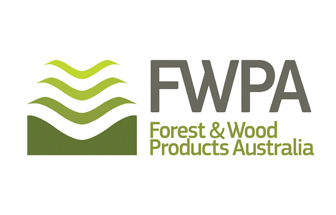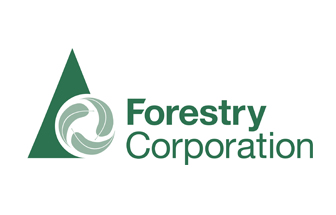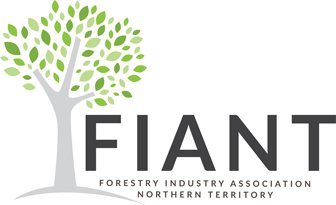FORESTRY EFFORTS A TOP PRIORITY FOR
THOSE CONCERNED ABOUT CLIMATE CHANGE
FOREST RESTORATION MAXIMISES CARBON CAPTURE, SAFEGUARDS BIODIVERSITY,
AND CREATES SUSTAINABLE JOBS
AROUND the world, forestry teams are hard at work restoring species-rich ecosystems that sequester carbon. Supporting them should be a top priority for anyone concerned about the climate crisis.
When it’s done right, forest restoration can not only maximise carbon capture — it can also safeguard biodiversity and create sustainable jobs and opportunities for indigenous people and local communities.
Although the global momentum is shifting, to grow real forests, teams on the ground need real support, and we have an unprecedented opportunity to provide that support in 2023.
Last November, leaders at the COP27 climate conference in Egypt emerged with a landmark agreement aimed at protecting nature. Delegates from 26 countries formed a Forest and Climate Leaders’ Partnership (FCLP) dedicated to halting and reversing forest loss. The partnership aims to mobilise funding, incentivise forest conservation and invest in initiatives led by indigenous peoples and local communities. The energy continued in COP15, where global leaders adopted the landmark Global Biodiversity Framework, committing to protect and restore our planet’s ecosystems.
Now it’s time to translate that commitment into practical action. By providing tools, training, and resources to forestry teams on the ground. The FCLP partnership is intended to mobilise public and private finance for forests. To make this commitment meaningful, forestry teams need immediate, practical access to funding, especially during the difficult start-up phase of restoration projects
Though governments, corporations and other organisations have committed billions of dollars to forest restoration, few funds are available for project start-up costs, which begin long before a single tree is planted. Today, 95% of teams simply don’t have enough funding.
Several innovations in forest finance can help to unlock the large flows of private capital needed to drive mass-scale reforestation. Bringing more trust and transparency to the high-risk early phases of a restoration project can create a pathway for private capital to support new forestry project start-up costs, helping to scale up the industry.
Demand for nature-based carbon credits is on the rise. Carbon credits purchased as part of corporate sustainability plans can finance forests and accelerate biodiverse restoration. Ideally, before receiving verification, projects should be required to incorporate biodiversity with native species. The growing energy around the nature positive movement as well as rising interest in biodiversity credits could help drive real ecosystem restoration.
Forestry teams are highly knowledgeable about local ecosystems, but they’re often less familiar with technology tools that can help scale restoration projects quickly, and 70% of projects don’t have the technology they need to capture field data and monitor and report on progress.
Teams need software support. Such tools are particularly important in the early stages of a project when tracking can greatly reduce risk and increase investment opportunities. Unblocking access to this crucial technology and training will be essential to making reforestation commitments a reality this year.
The bottlenecks facing forestry teams are daunting, but they’re also surmountable. The world is already heading in the right direction. More public and private funding and partnerships like the FCLP can help focus global efforts, as well as improve seed infrastructure and access to carbon markets.
The World Economic Forum’s platform to connect and mobilise the global reforestation community also has an important role to play in bringing together stakeholders from all sectors to collectively address these restoration challenges and facilitate new partnerships to scale action in 2023
As we watch the climate and biodiversity crises deepen, we must remember that all of our futures hinge in large part on forestry teams around the world, who can turn climate pledges into real forests. Addressing their biggest barriers should be our first priority in the coming year.










